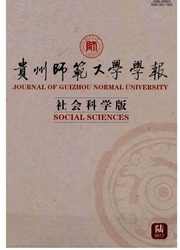

 中文摘要:
中文摘要:
巴塞尔协议Ⅲ提出将无风险敏感性的杠杆率作为风险调整资本充足率的补充,以减轻金融体系的顺周期性和系统性风险积累.加拿大是次贷危机前实施杠杆率监管的国家之一.通过分析加拿大银行杠杆率监管框架的体制和特征,发现杠杆率监管不仅限制了个体银行杠杆的增长,也使得加拿大银行体系整体杠杆率水平安全和稳定.但在杠杆率监管下,加拿大银行的杠杆率水平仍体现出顺周期性,这主要是由于银行实施“杠杆率缓冲”管理以及和批发资金市场的密切联系.因此,必须将杠杆率、银行流动性风险管理、逆周期资本缓冲等纳入统一框架,结合本国的金融市场环境进行系统分析,才能提高杠杆率的监管效果,实现宏观审慎监管目标.
 英文摘要:
英文摘要:
Basel Ⅲproposed an un- weighted leverage ratio as a supplement to existing risk- weighted capital requirements in order to mitigate pro - cyclicality of the financial system and the accumulation of systemic risk. Canadian bank was subject to le- verage regulation before subprime crisis and was a useful case to analyze the characteristics and effect of leverage regulatory. It can be founded that regulatory contributes to limit the growth of specific bank' s leverage and make the aggregate leverage of banks safe and stable. However, Canadian banks' leverage reflected pro -cyclicality under leverage constrains, which was due to banks' management of "leverage buffer" and close connection with whole sale fund market. Therefore, leverage and liquidity risk management and counter - cyclical capital buffers should be put into a unified framework combining with systematic analysis of domestic financial markets, in order to enhance regulatory effectiveness and achieve the goal of macro - prudential supervision.
 同期刊论文项目
同期刊论文项目
 同项目期刊论文
同项目期刊论文
 期刊信息
期刊信息
